Reportar esta entrada
Más sobre la misma comunidad-colección
Maestra de matemáticas Ulrickson y estudiante - 1997 - El Paso, Texas
Math Teacher Ulrickson and Student - 1997 Luz Ramos Ulrickson ...
Sam Govea, Josh Ferguson y equipo de basquetbol de cuarto año - 1997
Coach Govea, Coach Ferguson with 1997 Varsity Basketball Team .
Primera comunión de Joe Gómez - 1950-1959
Joe Gomez First Communion - 1950 - 1959. First Communion at San ...
Entrada de la escuela secundaria Cathedral - 1923
Cathedral High School, Entrance - 1923 - El Paso, Texas ...
Escuela secundaria Cathedral - Oficiales del consejo estudiantil - 1976
Cathedral High School - Student Council Officers - 1976
Escuela secundaria Cathedral -1976
Cathedral High Engineering Club - Literary Club - Irish Choir El ...
Maestro de la escuela secundaria Cathedral - Raul Guereca
Cathedral High School Teacher - Raul Guereca
El Sr. G - Escuela secundaria Cathedral - 1976
On page 143 - school 1976 yearbook - Cathedral High School El ...
Luis Esparza - Valedictorian (da discurso de despedida) - Escuela secundaria Cathedral 1976
Luis Esparza - Valedictorian - Cathedral High School 1976 - El ...
Jose Angel Frietze Jr., Salutador 1976
Jose Angel Frietze Jr., Salutatorian, Cathedral High El Paso ...

















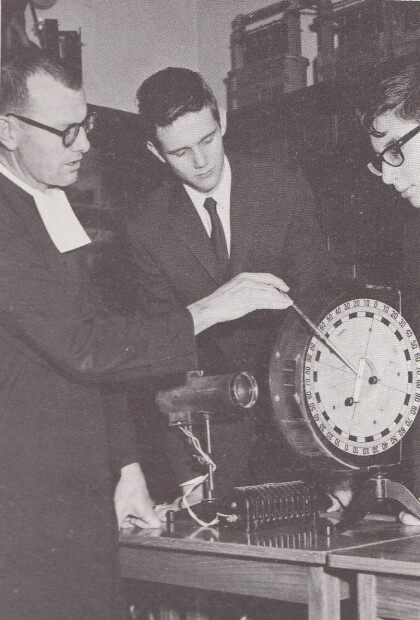
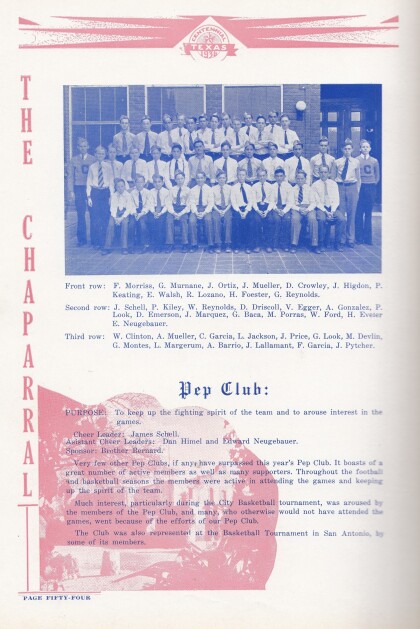
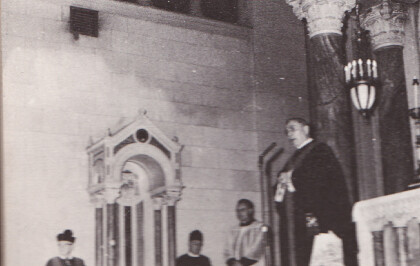
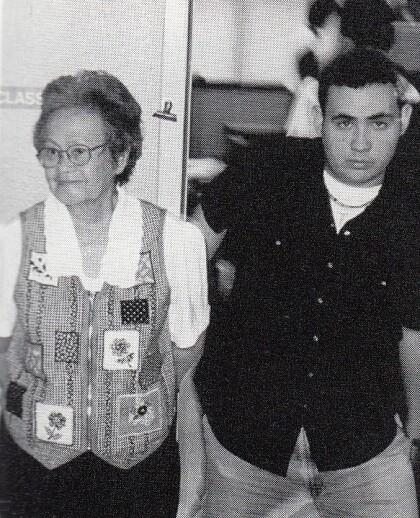
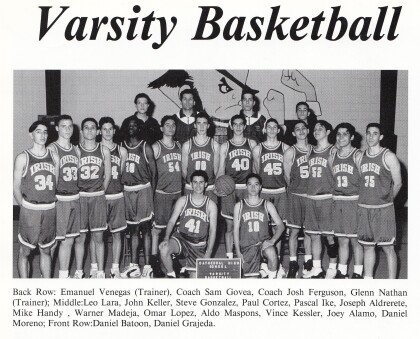
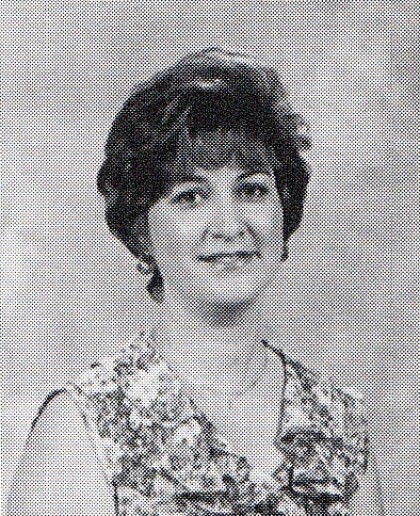

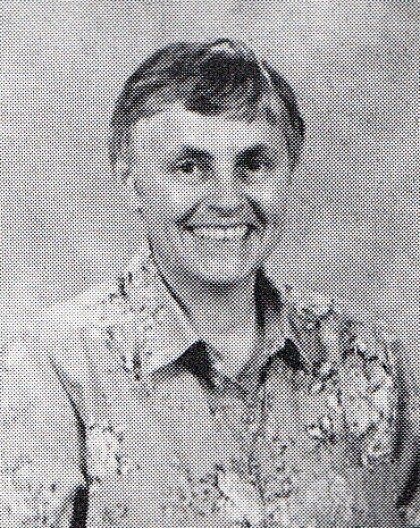

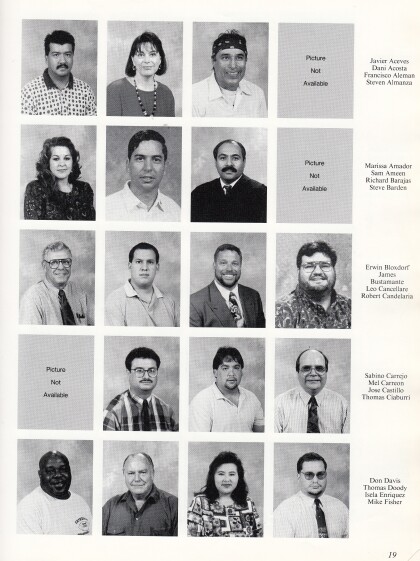

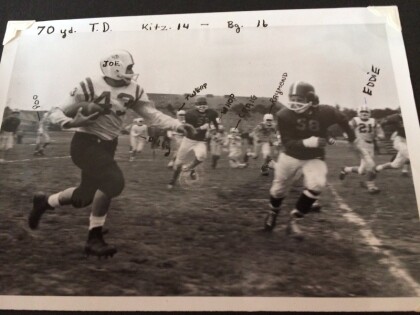
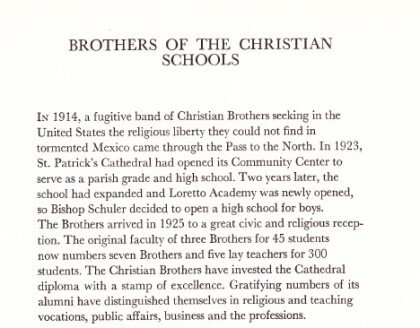
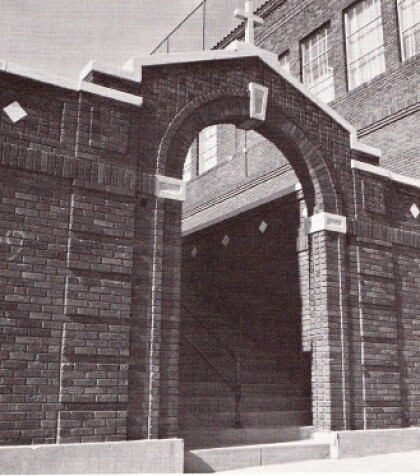
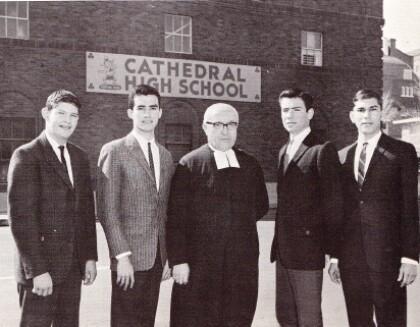
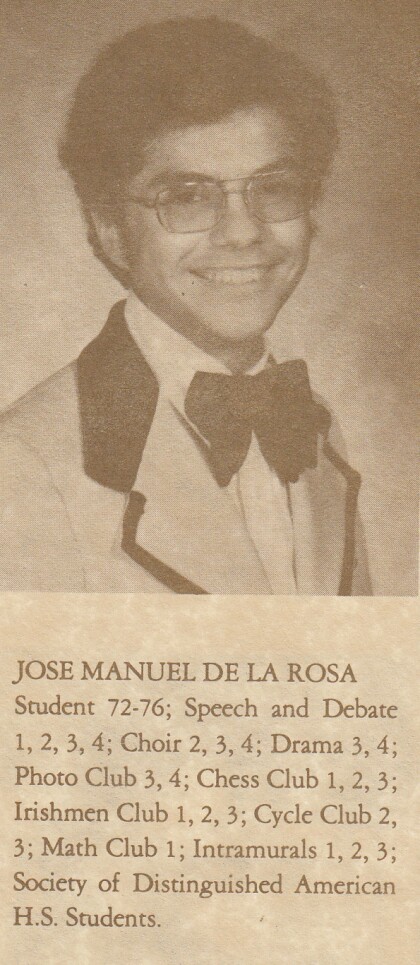
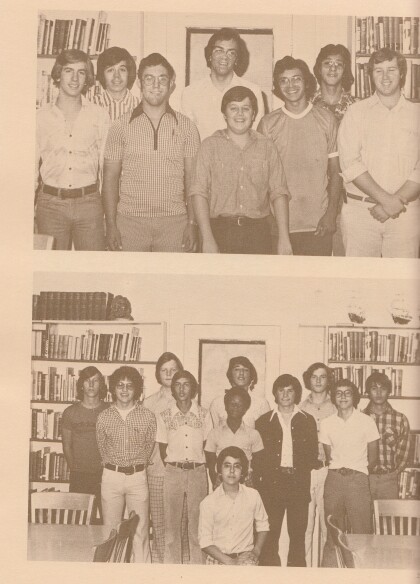
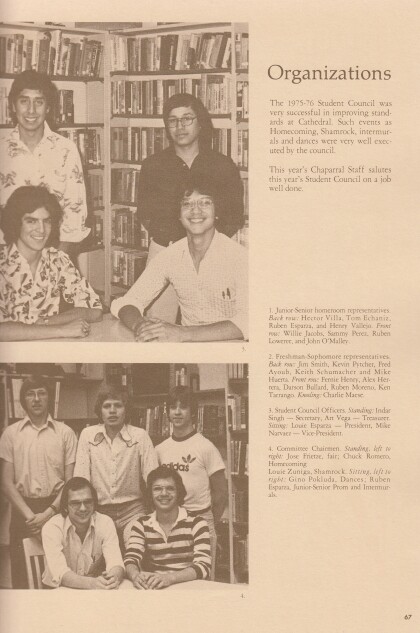
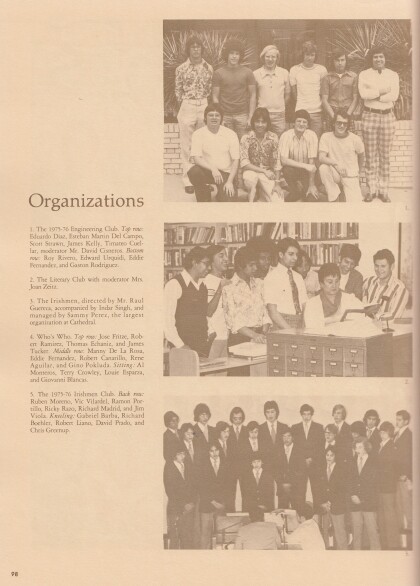
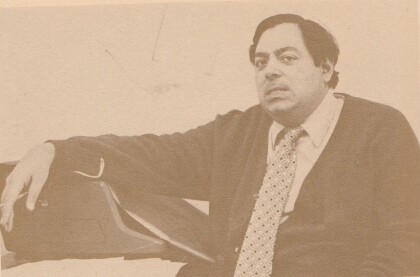
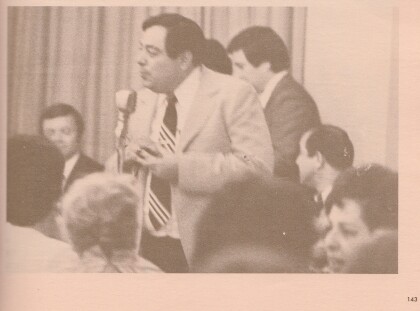
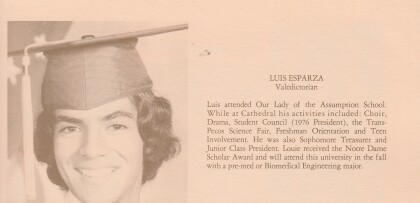
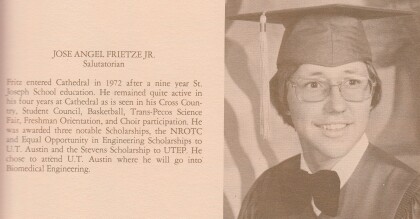
Comentarios
Hacer un comentario